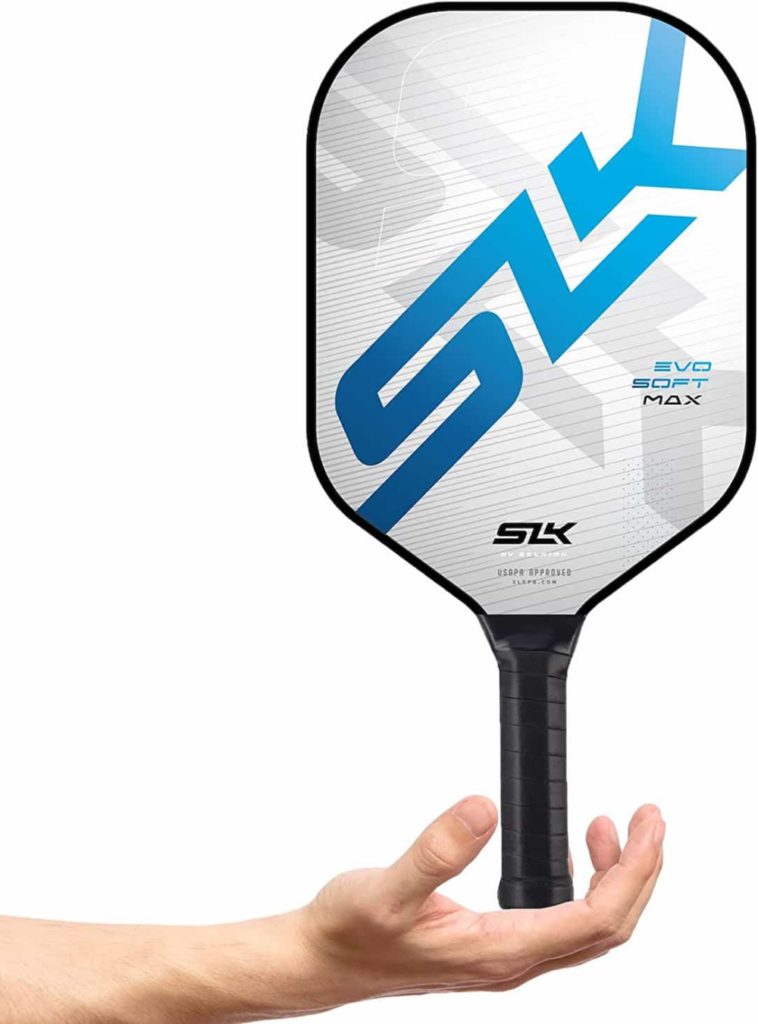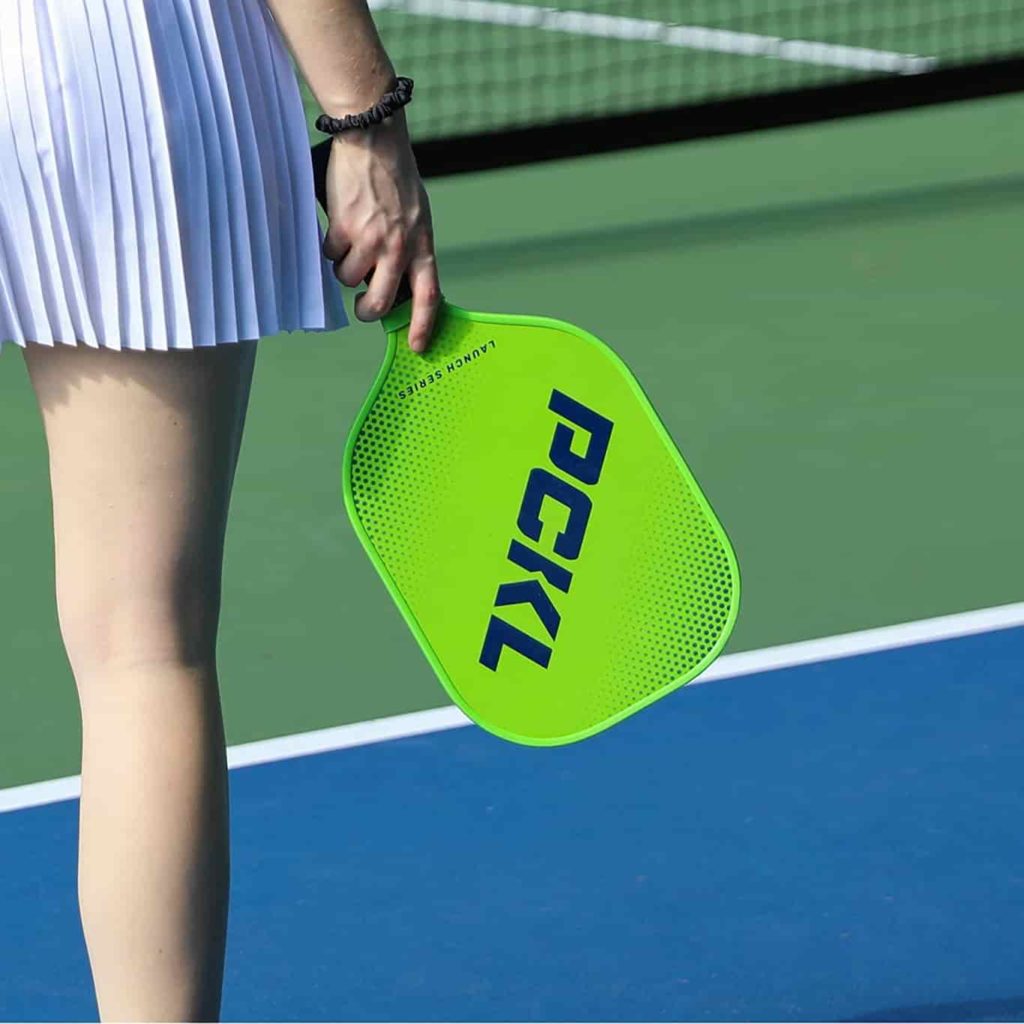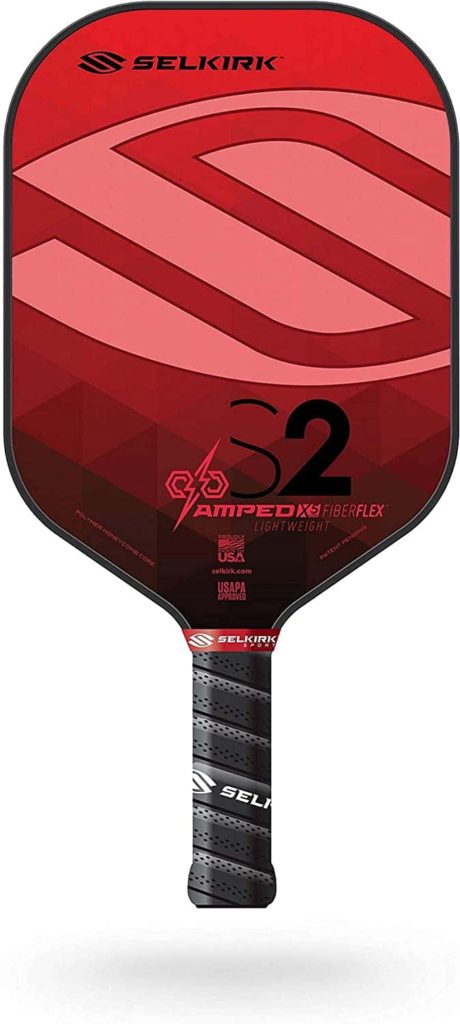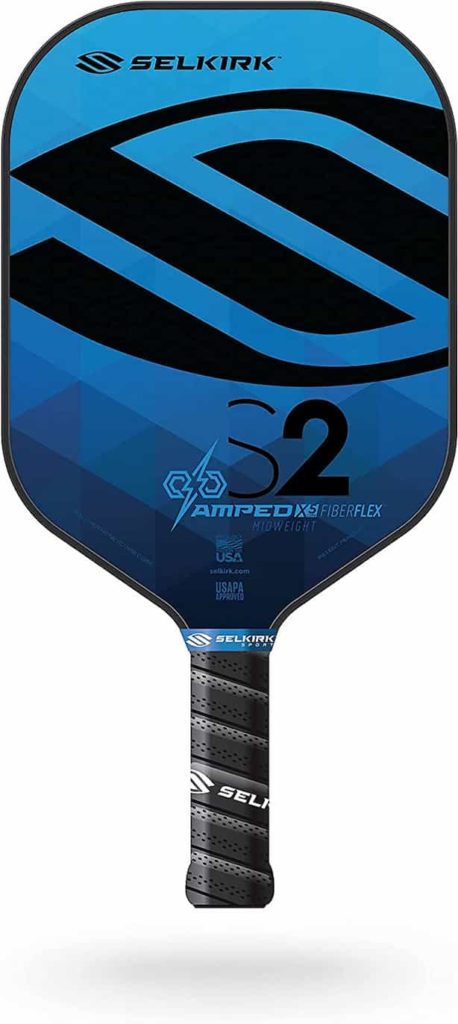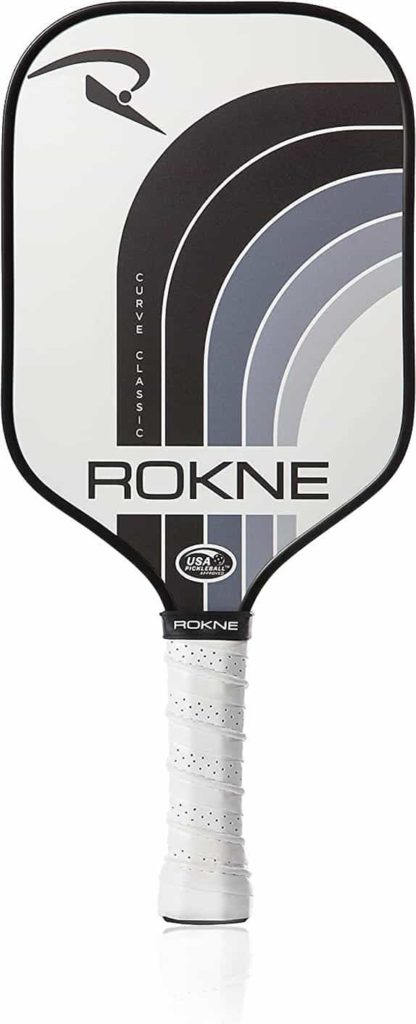Introduction
Pickleball has quickly become one of the most popular sports in America, and for good reason. It’s a fun and accessible game that can be enjoyed by people of all ages and skill levels. But just like any other sport, equipment maintenance is crucial to ensure optimal performance and longevity.
What is Pickleball Paddle Maintenance?
Before we dive into the specifics of pickleball paddle maintenance, let’s first define what it means to maintain your paddle. Essentially, this refers to the regular cleaning, protection, and inspection of your paddle to ensure that it is in good condition for playing. There are a few key areas that you’ll want to focus on when maintaining your pickleball paddle:
Cleaning
Protecting
Checking for damage and wear and tear
Maintaining grip tape on handle
Maintaining edge guard
We’ll explore each of these areas in more detail throughout this article.
Why is Paddle Maintenance Important?
If you’re serious about playing pickleball (or any sport), then you know how important it is to have equipment that performs well. A well-maintained paddle can help improve accuracy, power, control over shots. It also reduces injury risk caused by damaged paddles during games or practices.
Maintaining your pickleball paddle can also prolong its lifespan so you won’t have to replace it as often as if it were not maintained regularly. Replacing paddles frequently due to improper care can get expensive over time especially when looking at high-end models that cost hundreds of dollars.
Keeping your pickleball paddle well maintained is an essential part of being a responsible player who cares about their game performance as well as their gear’s longevity. Investing some time into proper maintenance will pay off with better playability and fewer replacements needed in the long run.
Cleaning Your Paddle
Pickleball paddles are often exposed to sweat, dirt, and other elements during gameplay. To keep your paddle in the best condition possible, it is essential to clean it regularly. Proper cleaning can help maintain its performance and extend its longevity.
Materials Needed for Cleaning
Before you begin cleaning your pickleball paddle, gather the necessary materials. You will need a microfiber cloth or any soft cloth that won’t scratch the surface of your paddle.
You will also need water and mild soap, such as dish soap or a gentle all-purpose cleaner. Avoid using harsh chemicals or abrasive materials that can damage or scratch your paddle’s surface.
Step-by-Step Instructions for Cleaning Your Paddle
Follow these step-by-step instructions to clean your pickleball paddle:
Dampen the cloth with water.
Add a small amount of mild soap to the cloth and mix well.
Gently wipe down the surface of your paddle with the cloth, paying special attention to areas where dirt may have accumulated.
Rinse off any remaining soap residue with a second dampened cloth or sponge.
Dry the paddle thoroughly with another clean dry cloth. Make sure there is no moisture left on the surface of the paddle or anywhere else before storing it away in its case or cover.
Tips for Removing Stubborn Dirt or Stains
Sometimes dirt and stains on your pickleball paddles can be stubborn to remove using just water and soap. If this is the case, try one of these tips:
Mix baking soda with some water into a paste-like consistency then gently rub onto tough stains.
Try using a magic eraser, which is a cleaning tool designed to remove difficult stains that regular soap and water cannot get rid of. Be sure to follow the manufacturer’s recommendations when using it on your paddle.
If there are still some stubborn stains remaining, try using vinegar mixed with water on a microfiber cloth. The acid in vinegar can help loosen dirt and grime that has built up on your paddle’s surface.
By following these guidelines for cleaning your pickleball paddle, you can keep it in top shape and ensure its continued optimal performance for many games to come! (Note: if your paddle is painted, using anything other than soap and water could cause the paint to deteriorate.)
Protecting Your Paddle
Storing Your Paddle Properly
Proper storage is one of the most important aspects of maintaining your pickleball paddle. To avoid damage, it is important to store your paddle in a cool, dry place that is not exposed to extreme temperatures or moisture. Exposure to these elements can warp the wood and cause the glue holding the layers together to deteriorate.
This could lead to decreased performance or even broken paddles. When storing your paddle, it is best to keep it flat and avoid leaning it against a wall or other objects.
This will prevent any unnecessary bending or warping of the paddle shape. Additionally, if you do store your paddle for an extended period of time, consider placing something heavy on top of it (like a book) to ensure that there is no warping.
Using a Protective Cover or Case
If you plan on traveling with your pickleball paddle, investing in a protective cover or case can help prevent any damage during transportation. Soft covers made from neoprene are affordable and protect against scratches and minor bumps while harder thicker cases offer more protection from drops and other impacts.
When choosing a case for travel, make sure it fits snugly around the entire length of the paddle and has enough padding between layers inside. If you decide on purchasing a hard case, make sure it has reinforced corners and sturdy latches for added protection.
Avoiding Paddle Surface Damage
Pickleball paddles are designed for playing on smooth surfaces like indoor courts and outdoor asphalt courts with proper surfacing material. Using them excessively on rough surfaces like concrete parking lots without such materials can cause scuffs, scratches or even major damages like chips. In addition to this type of damage, costing you money in repair or replacement expenses, it can also impact your game.
The rough surface may impact the way the ball hits the paddle, reducing your control and precision. Be sure to use your paddle only on proper surfaces and never use it as a tool for hitting anything but a ball!
By taking care in storing, traveling with and using your pickleball paddle, you can extend the life of your equipment and ensure optimal performance during gameplay. Proper maintenance will save you time and money in the long run while keeping you at the top of your game!
Checking Your Paddle for Damage
One of the most important aspects of pickleball paddle maintenance is regularly checking your paddle for any signs of wear and tear. Even small cracks, chips, or dents can dramatically impact the performance of your paddle. By keeping a close eye on the condition of your paddle, you can avoid issues that may hinder your game and even lead to more extensive damage.
Signs of Wear and Tear to Look Out For
When inspecting your pickleball paddle, there are several specific signs of wear and tear that you should be looking out for. These include cracks in the surface or handle, chips or dings in the edge guard, or any significant changes in weight or balance. Additionally, if the grip has become noticeably worn down or slick over time, this may indicate that it’s time to replace it.
If you notice any significant deterioration in your paddle’s condition during inspection, it’s essential to address these issues before using it again. Not only can playing with a damaged paddle negatively affect your performance on the court, but it could also lead to more severe damage over time.
How to Test the Integrity of Your Paddle Before Playing
Before hitting the court for a game or practice session, take some time to test the integrity of your pickleball paddle. One way to do this is by lightly tapping on different areas with a finger or hand and listening for any unusual sounds like rattling or cracking noises. This technique can help identify any internal damage that may not be visible from an inspection alone.
You can also test balance by holding both ends of the handle with one hand and seeing if it feels evenly weighted from side-to-side. Additionally, give some thought as to how you’ve been storing your paddle between playing. Consistent exposure to extreme temperatures or moisture can lead to warping, cracking, or other damage that can affect performance.
When Should You Replace Your Paddle?
Even with regular maintenance and care, there may come a time when you need to consider replacing your pickleball paddle. In general, it’s a good idea to replace your paddle every year or two if you’re an avid player. However, several factors can impact the lifespan of your paddle including frequency of use and storage conditions.
If you notice any significant changes in the condition of your paddle that cannot be repaired through minor maintenance or repairs, it may be time for a new one. Additionally, if you’re experiencing consistent issues with performance or accuracy on the court despite attempts at troubleshooting these issues, this may also indicate that it’s time for a change. Sometimes there isn’t a significant difference in performance because we are used to playing with the paddle, but then we demo a brand new paddle and it feels like we are playing a whole new sport! Don’t be reluctant to swap paddles with a friend every once in a while if you think your paddle performance is dropping!
Replacing your pickleball paddle may seem like an unnecessary expense initially but investing in a quality paddle can dramatically improve your game and longevity over time. It’s crucial to weigh the benefits of purchasing a new one versus continued use of one that has reached its lifespan.
Maintaining Grip and Edge Guards
Preserving Your Paddle Grip
One of the most important aspects of maintaining your pickleball paddle is preserving the grip tape on the handle. A dirty or worn-out grip can affect your playing experience and even lead to injury if it causes your hand to slip during gameplay. To clean the grip tape, use a soft-bristled brush or cloth dipped in warm water with mild soap.
Gently scrub away any dirt or grime, being careful not to damage the tape itself. Rinse with clean water and dry thoroughly before playing again.
If you notice that your grip tape is beginning to wear out or lose its stickiness, it may be time for a replacement. Most players replace their grip tape every 6-12 months, depending on how often they play and how much wear and tear their paddle experiences. I frequently replace overgrips (which will make the grip thicker) to keep my grip nice and fresh.
To replace the grip tape, remove the old one by peeling it off carefully from one end of the handle. Make sure to clean any residual adhesive left behind before applying new grip tape. Be sure to wrap the grip tight and slightly layered.
The Importance of Edge Guards
Another important element of maintaining your pickleball paddle is protecting its edges with an edge guard. The edge guard serves as a barrier between the paddle’s core material and any surface it comes in contact with during gameplay – such as walls, floors, or other paddles – which can cause damage over time.
It also protects against chipping or denting if accidentally dropped. When selecting an edge guard for your paddle, look for one that fits snugly around all four edges without causing any bulges or gaps in between.
While some players prefer a thicker edge guard for extra protection, keep in mind that this may add weight to your paddle and potentially affect your playing style. To install an edge guard yourself, start by cleaning off any dirt or residue from around the edges of your paddle. Carefully apply the edge guard, making sure it sits flush against the paddle without any air pockets. You can use a hairdryer on low heat to help the adhesive set more quickly. Make sure you purchase unweighted edge guard, unless you are looking to make the head of your paddle heavier
Conclusion
Making maintenance a regular part of playing pickleball can help you save money by avoiding frequent replacements while also improving your performance on the court. Neglected paddles may lead to reduced control over your shots as well as a general decrease in confidence in the paddle.
By conducting regular maintenance on your pickleball paddle, you are not only prolonging its lifespan but also ensuring its overall efficiency during games. As such, taking care of it should become a habit that you practice every time after using it.
It’s time to step up our game! Stay on top of your pickleball paddle maintenance and be confident in your paddle before stepping onto the court!

